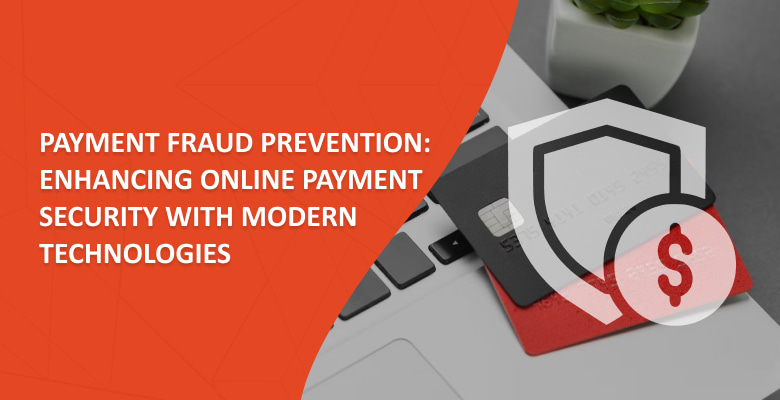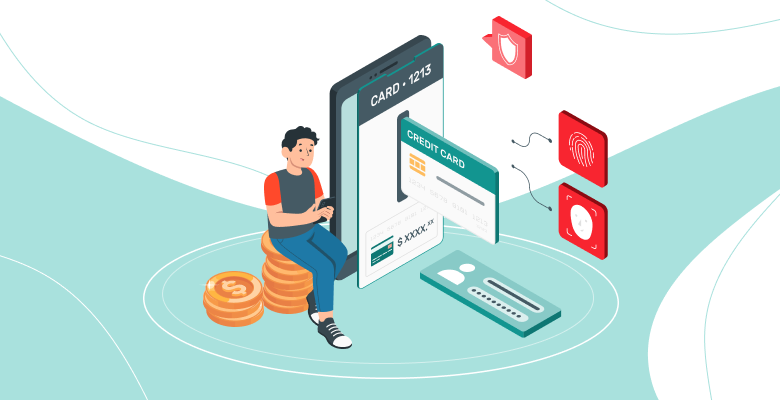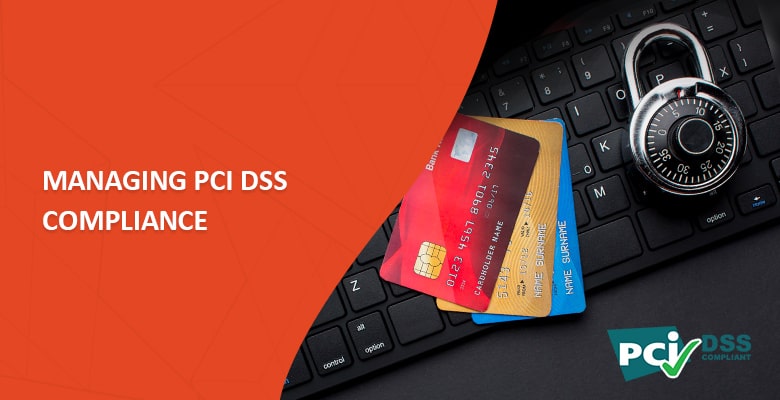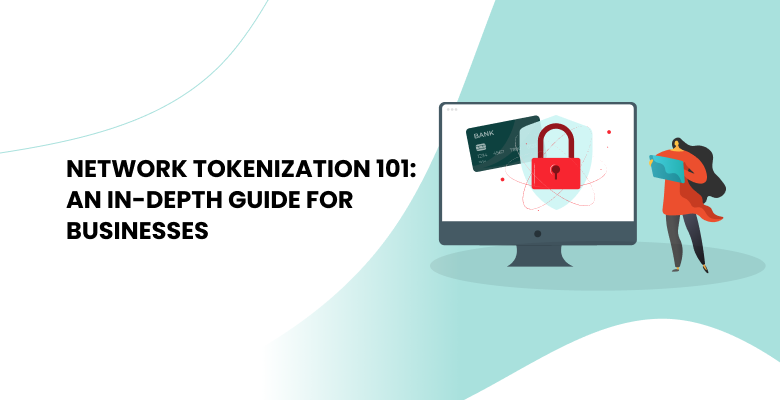
As online payments continue to evolve at a remarkable pace, so does the alarming progression of payment fraud. Payment fraud prevention strategies that were effective even half a decade ago are not likely to be efficient in the current landscape. That is why modern payment service providers should utilize consistently enhanced and refined payment fraud management technologies to combat fraudulent activities today.
This article contains an overview of the most efficient payment fraud prevention technologies, payment fraud types, and the significant risks they pose for payment service providers.
What you must know about payment fraud
Let’s begin our journey toward payment fraud prevention in payment processing by establishing a common understanding of basic terms. At its core, payment fraud involves the intentional manipulation or exploitation of payment systems and data with the intent to deceive and unlawfully acquire funds, causing financial harm to individuals, businesses, and financial institutions. Fraud prevention online payment systems are designed to combat these illicit activities effectively.
Online payment fraud comes in multiple types today. It is common for scammers to commit Card Not Present Fraud, which occurs when scammers use stolen credit or debit card information to make purchases online. Then, there is Account Takeover, when fraudsters gain illegal access to a user’s online account, such as a banking or e-commerce account, and make unauthorized transactions. Fraud also involves Identity Theft which consists in using someone else’s personal information to conduct unauthorized transactions. Last but not least, there is Friendly Fraud which occurs when a customer falsely claims they did not receive goods or services to obtain a refund or avoid payment.
Up to this point, we’ve explored various types of fraud. However, it is equally important to understand the primary risks these fraudulent activities pose for payment service providers.
The main risks of payment fraud for payment service providers
Payment fraud causes a lot of harm to everyone involved in transaction processing, compromising payment processing security. Yet how does it affect payment service providers?
- Financial Losses
Payment service providers (PSPs) are responsible for safeguarding merchants and their customers against fraud. For this reason, if they underscore the importance of robust online payment fraud prevention measures and effective risk management strategies, ultimately, they will bear the financial repercussions when fraudulent incidents occur. PSPs that lack efficient fraud prevention management may be liable to cover chargeback fees, reimburse customers, and face other monetary penalties resulting from fraud incidents. As a consequence, payment fraud can significantly impact a company’s profitability and overall financial stability.
- Reputational Damage
Yet, financial losses are nothing compared to the reputational damage payment service providers will suffer if they cannot ensure a secure payment process. A payment service provider’s neglect to enable their customers with efficient payment gateway fraud detection will not remain unnoticed, resulting in a lack of trust and loss of customers since online businesses place a high emphasis on payment software security. In turn, it will create a constant obstacle to attracting new clients. Overall, reputation damage resulting from payment fraud will have long-lasting effects on the payment service provider’s company development, profitability, and sustainability.
- Regulatory and Legal Consequences
As Fintech solution providers are required to protect their customers and maintain secure payment process with payment fraud management, they may be held legally liable for any resulting monetary losses suffered by customers or other parties affected by the fraud. Also, they often have contractual obligations and agreements with merchants, financial institutions, or other stakeholders. Neglecting to fulfill these contractual obligations can lead to protracted legal disputes and expose the provider to significant financial liabilities.
- Threats to compliance
Lastly, regulatory bodies, such as financial authorities or data protection agencies, require payment service providers to follow guidelines and comply with payment system security and integrity regulations. If PSPs are found to be unable to ensure payment processing security and considered non-compliant in addressing payment fraud, they may face significant fines, penalties, or sanctions imposed by regulatory authorities. Consequently, non-compliance with industry standards and regulations not only exposes payment service providers to penalties and reputational damage but also leads to operational disruptions and loss of future business opportunities, which will hinder their growth prospects for good.
Now that we have discussed the primary risks associated with payment fraud, let’s delve deeper into the effective strategies for combating them with modern payment gateway fraud prevention technologies.
What Are the Latest Technological Advancements for Preventing Payment Fraud?

Given that each system’s payment fraud prevention technologies vary greatly, we’ll analyze advanced technologies for payment fraud prevention using Akurateco’s cutting-edge white-label payment gateway as an example. Akurateco’s payment fraud management technology was meticulously developed based on more than 15 years of our team members’ hands-on experience in the digital payments industry. Considering the numerous challenges we faced along the way and our extensive knowledge of dealing with them, we have designed our payment fraud prevention system.
Akurateco payment fraud prevention technology consists of three main parts:
1. Whitelists and blacklists
Whitelists and blacklists are used to protect users against fraudulent activities by creating predefined lists of trusted and suspicious individuals.
A whitelist consists of preapproved entities, such as credit/debit cards, card maskings, Bank Identification Numbers (BINs), emails, and IP addresses, that are considered trustworthy to engage in transactions based on past payment behavior. Whitelists act as a preventive mechanism, granting authorized entities a frictionless payment experience while filtering out potential threats.
Blacklists act as a defense mechanism, preventing unauthorized entities from exploiting system vulnerabilities. In contrast to whitelists, blacklists are comprised of known fraudulent and suspicious entities. These entities include compromised credit cards, IP addresses, or email addresses linked to fraudulent behavior. A transaction involving an entity on the blacklist is flagged for closer inspection or outright rejection. Our system also provides the capability to expand blacklisting to specific countries, identifying and blocking transactions originating from designated countries in real time. Furthermore, our clients have the opportunity to not only record lists of blacklisted entities but also utilize a single module to implement country-based blocks using BIN, billing country, IP address, or a combination of these parameters. In this way, our system seamlessly validates and automatically blocks transactions when a specific payment connector does not support payments from designated countries.
2. Velocity limits
Velocity limits encompass a range of measures that impose restrictions on specific transaction parameters to mitigate the risk of fraud. These limits are designed to control and regulate particular aspects, such as the maximum amount debited from a card within a defined timeframe (e.g., 24 hours, 7 days, 1 month, etc.), as well as the maximum number of payment attempts allowed from various sources like cards, IPs, emails, and their combinations.
By implementing velocity limits, organizations can effectively hinder unauthorized individuals from exploiting stolen cards and engaging in excessive spending. If a card is stolen, velocity limits will restrain the thief from making substantial purchases or conducting many transactions in a short time. This preventative measure helps minimize losses incurred by both the cardholder and the business, providing an additional layer of security against fraudulent behavior.
3. Third-party risk-scoring providers
At Akurateco, we utilize the service of the leading global risk-scoring providers: Fraudio, MaxMind, AcuityTec, Sift Science, etc. They analyze various data points and indicators to assign a risk score to each individual transaction in real time, indicating the likelihood that a particular transaction contains fraudulent activity. Risk scores are calculated using sophisticated algorithms and models considering historical transaction data, behavioral patterns, geographical data, and other relevant factors. As a result, businesses and organizations can make informed decisions when approving, rejecting, or further investigating suspicious transactions based on their risk scores, minimizing fraud losses and enhancing overall payment processing fraud prevention.
Also, the Akurateco system allows users to customize and define their own risk tolerance for transaction rates. In turn, it empowers them to align their payment fraud management strategies with the specific types of businesses they work with, enabling a more personalized and informed approach to fraud prevention.
Ultimately, with Akurateco’s advanced payment fraud management system, payment service providers can confidently navigate the ever-evolving landscape of payment fraud. By incorporating cutting-edge fraud management technologies, Akurateco empowers them to stay one step ahead and protect their payment ecosystem with robust fraud prevention measures.
Need a hand?
If you are seeking to harness the power of PCI DSS Level 1 certified white-label software with robust anti-fraud filters, don’t hesitate to reach out to us. Experience the capabilities of Akurateco payment fraud prevention technologies firsthand by booking a Free Demo and get all your questions answered.





